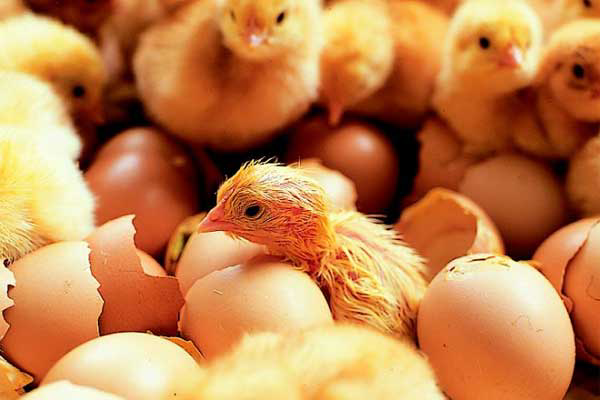Understanding the importance of hatchery ventilation

Continued genetic broiler improvement has made dramatic differences in fertility and hatchability. More embryos are now present in the setter and more chicks in the hatcher, creating additional heat production. Some older machines may not be able to maintain the correct temperatures and cooling capacity compared with the incubators of today.
By Steve Tweed, hatchery specialist, Cobb World Technical Support Team
We are told by scientists that embryos from modern lines of broiler, produce twice as much heat during the final stages of incubation as eggs from genetic lines of 20 years ago. Increased embryonic heat can have a dramatic effect, damaging the internal organs of the embryo such as the small intestines, gizzard, proventriculus and heart.
Overheating can also reduce the absorption of vital nutrients from the yolk sac which will affect broiler growing and lead to increased mortality and poor performance.
Ventilating the hatchery is critical to ensure that the correct air exchange is maintained in the setter, hatcher, chick holding room and even chick transportation. Some Incubation manufacturers recommend two options to ventilate a hatchery — the cheap or the expensive system. There is only one method, the correct system.
Hatchery ventilation is not complicated as long as the system in place is properly designed, installed, monitored and controlled. The correct system must address the following:
• Air volumes to meet oxygen demand, even in high altitudes
• Pressure control throughout the hatchery
• Air distribution and correct exhaust air extraction
• Humidity control for good air quality
• Maintain temperature requirements throughout the year
Every hatchery manager and even incubator manufacturers need to pay careful attention to field performance. After hatching, it is crucial to move the chicks as quickly as possible into the brooding area and to give them water. Each and every chick needs to be robust and healthy on arrival at the farm. Earlier access to an adequate oxygen supply in the hatchery is paramount for both the development of strong embryos and an on-time hatching process, giving the chicks the best opportunity to thrive.
Growing broilers does not start on the farm — it actually begins when the eggs are placed in the setter. Incubation plays a vital role, especially during the first 21 days of embryo development. Get it wrong and the broiler performance will be impaired.
Hatchery ventilation, and the correct installation, are just as important as, if not more so, than the installation of the setter and hatcher.
 Beheer
Beheer




 WP Admin
WP Admin  Bewerk bericht
Bewerk bericht